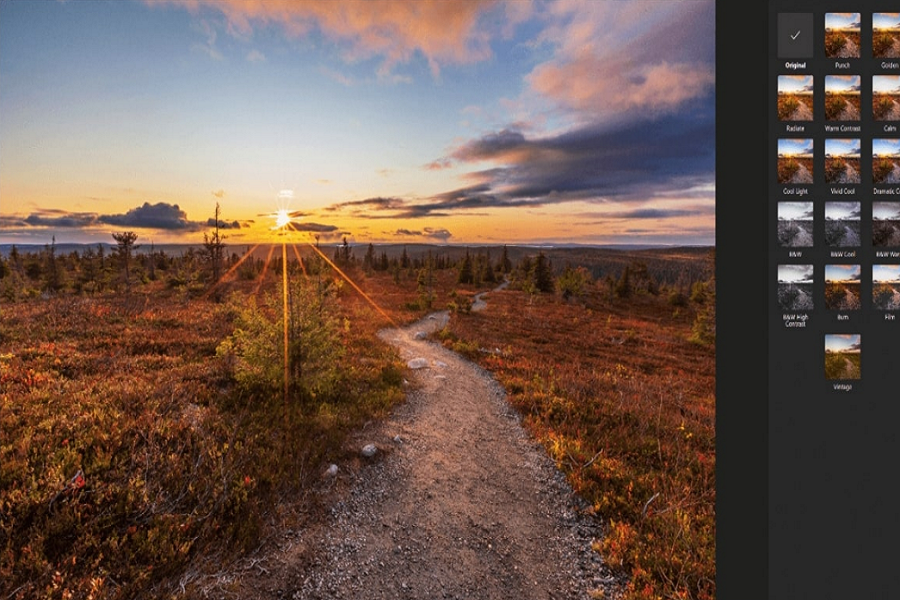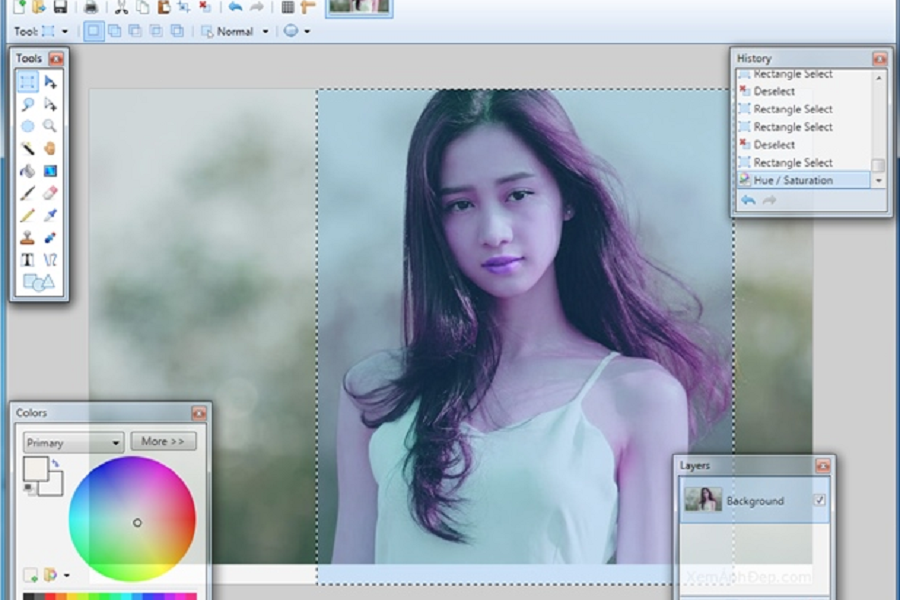When embarking on the journey of photo editing on your computer, selecting the appropriate software is essential. A wide array of options are available, catering to diverse skill levels and specific requirements. Starting with free tools, GIMP and Paint.NET are popular choices. GIMP, which stands for GNU Image Manipulation Program, offers an impressive range of features comparable to those found in more expensive software. Its capabilities include advanced photo retouching, layer management, and a variety of plugins, making it ideal for users who seek versatility without financial commitment. On the other hand, Paint.NET presents a more simplified interface, making it a suitable option for beginners and those who need basic edits like cropping, color adjustments, and resizing.
Choosing the Right Photo Editing Software
For individuals aiming for professional results, software such as Adobe Photoshop and Lightroom are well-regarded in the industry. How to edit photos on computer is a multifaceted application known for its powerful editing tools, allowing for intricate manipulations of images. Its features, like content-aware fill, extensive brush settings, and advanced layering techniques, are beneficial for professional photographers and graphic designers. Lightroom, while primarily focused on photo management and editing, excels in processing large batches of images efficiently and offers exceptional color correction tools, suiting photographers who require robust organizational capabilities alongside editing features.
When choosing the right photo editing software, several factors must be considered. Your budget is paramount, as free options like GIMP and Paint.NET can suffice for basic needs, while professional-grade software may require investment. Additionally, assess your editing needs based on the type of photos you take and the techniques you employ. If you are primarily engaged in creative projects, intricate editing tools will serve you better, while straightforward editing may call for simpler solutions. Ultimately, selecting software that aligns with your skills and goals will enhance your editing efficiency and satisfaction.

Basic Photo Editing Techniques
Photo editing is an essential skill for anyone looking to enhance their visual content. A variety of fundamental techniques can greatly improve the quality of your images, regardless of the specific editing software you are using. One of the primary techniques is cropping. Cropping allows you to remove unwanted elements from a photo, improving composition and focusing the viewer’s attention on the main subject. It can help achieve a balanced frame and can transform an otherwise mundane image into something visually striking.
Another important technique involves adjusting brightness and contrast. Brightness affects the overall lightness or darkness of an image, while contrast determines the difference between the lightest and darkest areas. By fine-tuning these settings, you can bring depth to your photos, making them look more dynamic and appealing. For instance, increasing contrast can make colors pop and details visible, whereas lowering brightness may highlight subtle textures that would otherwise remain unnoticed.
Modifying color saturation is also crucial for enhancing the visual impact of a photo. This technique involves increasing or decreasing the intensity of colors in your image. When saturation is adjusted, vibrant colors can draw the viewer’s eye, while desaturation can create a more subdued and artistic look, typically seen in monochromatic photography. It’s important to find the right balance so that images maintain their authenticity.
Correcting exposure is another key editing technique. Proper exposure ensures that your image has a good range of lights and darks. Overexposed images can appear washed out, while underexposed photos may lose details in shadows. By adjusting exposure, you can restore detail and achieve a more pleasing balance. When saving your edits, always consider the format of the image to preserve quality; saving in formats such as PNG or TIFF helps maintain the integrity after editing. In mastering these basic photo editing techniques, users can significantly enhance the appeal of their images while adhering to best practices in preserving the original quality.
Related Articles: Is gimp good for photo editing
Advanced Editing Techniques and Tips
For photographers seeking to elevate their editing skills, mastering advanced techniques is essential. This section highlights key strategies that can enhance your creativity and improve the overall quality of your photos. One fundamental concept is the use of layering, which allows you to work on various aspects of an image separately. By applying different adjustments to individual layers, you can achieve a more refined look without permanently altering the original image.
Masking is another crucial tool in advanced photo editing. It enables you to isolate specific portions of your image to apply changes selectively. By using masks, you can adjust exposure, color balance, and sharpness on particular sections, such as enhancing the brightness of a subject while leaving the background unaffected. This technique is especially useful for retouching portraits, as it allows for nuanced adjustments that preserve a natural appearance while correcting imperfections.
Working with filters and effects further expands your editing capabilities. Filters can dramatically change the mood and style of a photograph. Applying them thoughtfully can enhance colors, add texture, or create artistic overlays. However, moderation is key—excessive use of effects can lead to unnatural results. For a balanced approach, consider using adjustment layers that let you modify the intensity of applied filters without committing to the changes.
Implementing non-destructive editing is vital for maintaining the integrity of your work. This method involves making edits through layers and masks rather than directly altering the original image file. By adopting a non-destructive workflow, you not only retain the flexibility to revisit adjustments but also safeguard your original photos. It is advisable to frequently save your work and explore different layer combinations, encouraging experimentation with new techniques and nurturing your artistic vision.

